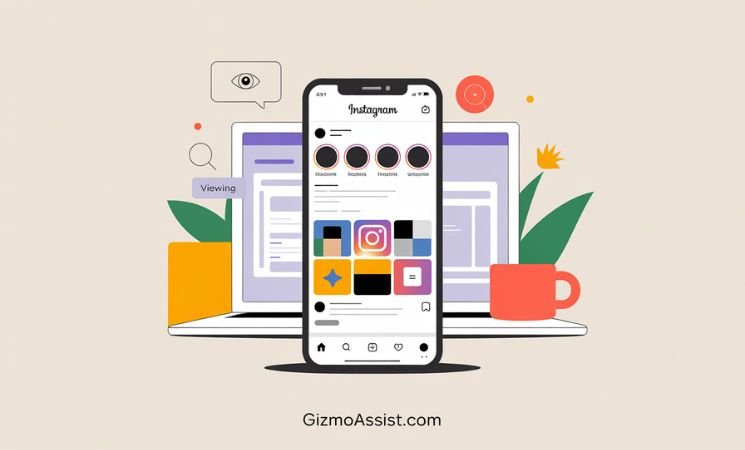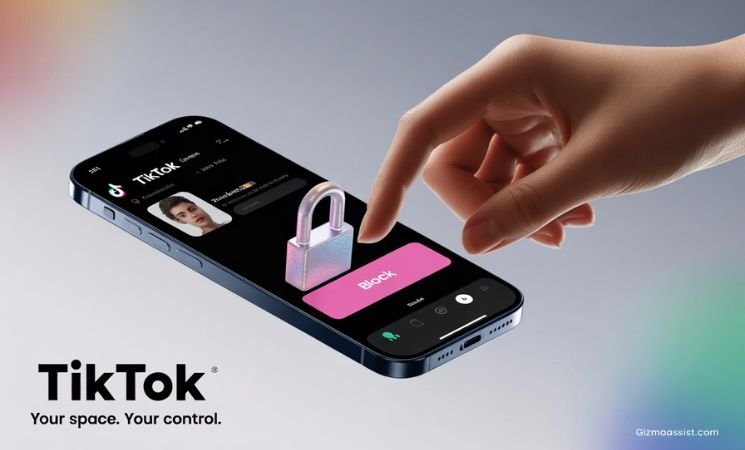For decades, passwords have been the primary gateway to our digital lives. But in 2025, a major shift is underway. Passkeys—faster, safer, and more user-friendly—are set to replace passwords altogether. Backed by major tech companies and governments, this evolution in security is not just hype. It’s a real step toward a more secure and seamless internet.
What Are Passkeys?
Passkeys are a new type of login credential that uses public-key cryptography instead of traditional alphanumeric passwords. When you sign in with a passkey, your device verifies your identity using biometrics (like Face ID or a fingerprint) or a device PIN. Then it uses a cryptographic key pair to authenticate you securely—without ever typing or transmitting a password.
Passkeys follow the FIDO2 and WebAuthn standards, supported by Apple, Google, and Microsoft. One key (public) is stored by the service; the private key stays on your device. This system makes phishing and credential stuffing nearly impossible.
Learn more from Google’s official passkey explanation.
Why Passkeys Are Safer Than Passwords
Passwords have long been the weak link in digital security. Passkeys were created to solve many of the issues passwords can’t. Here’s how they compare:
Traditional passwords are easy targets:
- People reuse them across websites.
- They’re vulnerable to phishing.
- They’re stolen in data breaches.
Passkeys solve these problems. Here’s how:
- No entry to phish: You never type a passkey, so phishing links are useless.
- No password database to breach: The server only stores your public key.
- Unique per site: Each passkey is tied to a specific domain.
According to the FIDO Alliance, passkeys are “phishing-resistant and easier to use than passwords.”
Who’s Using Passkeys in 2025?
Adoption has exploded. Big players now support passkeys:
Apple
Apple introduced passkey support with iOS 16 and macOS Ventura. In 2025, it’s standard on all Apple devices, syncing across iCloud Keychain. Read more from Apple’s support guide.
Google has enabled passkeys across its ecosystem, including Gmail, YouTube, and Android. They’re pushing for a passwordless future, as shared in their 2023 security update.
Microsoft
With Windows Hello and Azure AD integration, Microsoft is helping enterprises and individuals go passwordless. They now default new Microsoft accounts to passkeys.
Meta (Facebook)
Meta introduced passkey login for Facebook and Instagram in 2024, now extended to WhatsApp.
Government Services
Countries like the UK and Australia have begun phasing out passwords for government portals, citing cost savings and better citizen security.
How Passkeys Work?
Let’s break it down simply:
- You visit a website like your bank.
- Your browser checks if you have a saved passkey.
- You authenticate (fingerprint, Face ID, or PIN).
- Your device sends the signed public key to log in.
There’s no password to remember, no SMS code to enter, and nothing to type. Just a tap or a scan.
Major Benefits of Passkeys
Passkeys offer several important advantages over traditional logins. These benefits explain why the shift away from passwords is gaining momentum:
| Benefit | How It Helps |
| Phishing-Resistant | No typed passwords means no scam can steal it. |
| Easy to Use | One-tap login with biometrics or device PIN. |
| Unique per App/Site | Reduces risk of shared credentials. |
| Privacy Friendly | No third-party password managers needed. |
| Works Across Devices | Synced via cloud accounts (Google, Apple, etc.). |
Are There Any Downsides?
While passkeys are a significant improvement, they do come with a few challenges—especially during this transition period. Here are the current limitations:
Yes—but they’re fading fast:
- Device Lock-In: Early passkeys were tied to one device. Now they sync via cloud (iCloud, Google, etc.).
- Legacy Systems: Some old websites or apps don’t yet support passkeys.
- Learning Curve: New users need education on how passkeys work.
Still, according to The Times, most users find passkeys easier and safer once they’ve tried them.
Final Verdict: Are Passwords Dead in 2025?
Not entirely. Yet.
Many websites still use traditional passwords. But with growing passkey support, the shift is clear. Most new apps and platforms now default to passkeys. Tech giants, governments, and users are embracing them not just for convenience—but for safety.
We’re not at 100% password-free living yet. But by the end of 2025, passwords may feel as outdated as dial-up internet.
Want to try passkeys yourself? Start with platforms like Google, Apple, or Facebook and experience the future of login.









